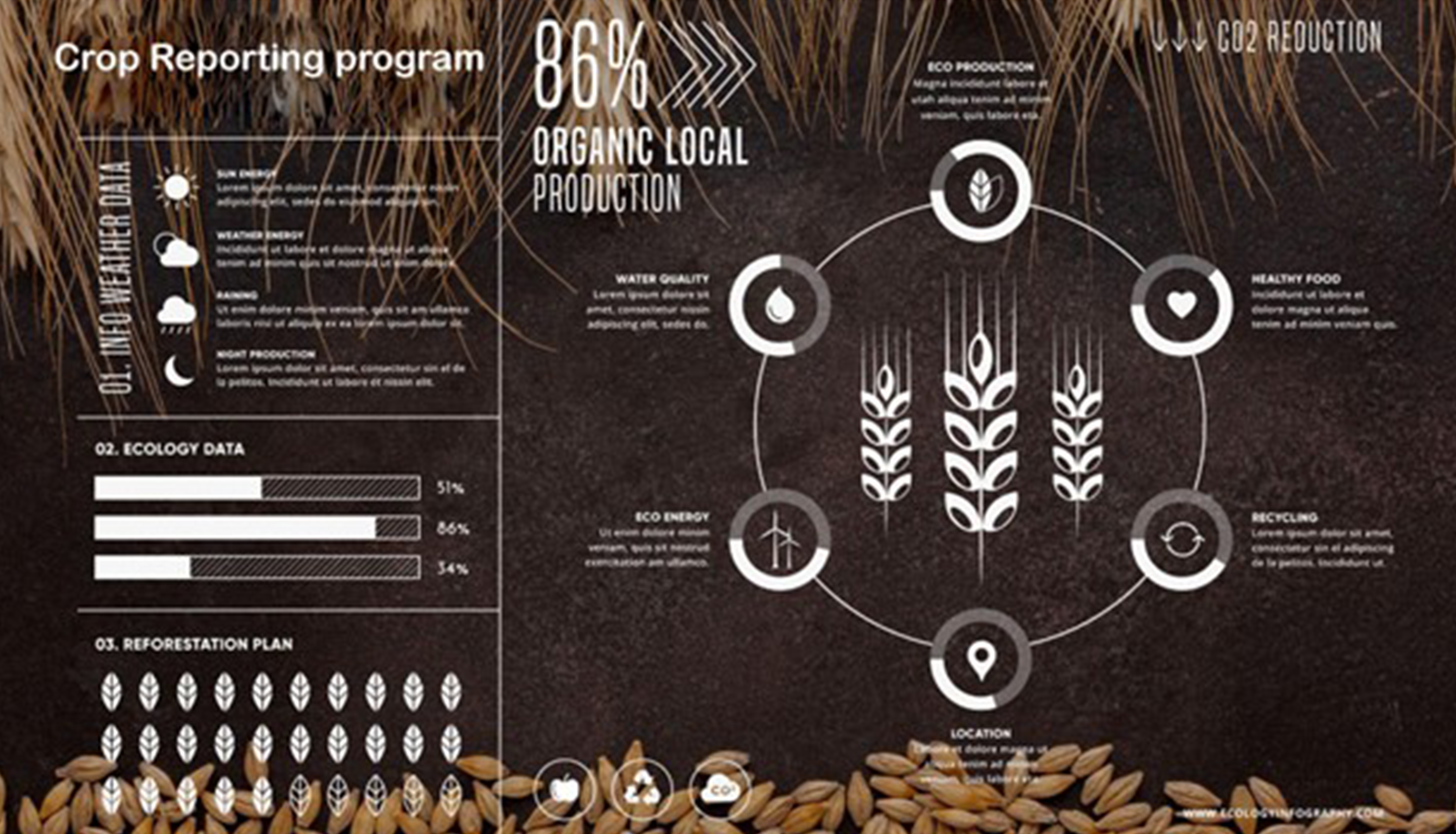
The $400 billion opportunity: addressing food loss in supply chains
Introduction
Food loss and waste have become increasingly critical issues in today's global supply chains. With an estimated one-third of all food—equivalent to 1.3 billion tonnes—going to waste each year, the economic implications are significant. In this article, we will explore the economic benefits of reducing food loss in supply chains, a $400 billion opportunity that can transform businesses and contribute to a more sustainable world.The Economic Impact of Food Loss and Waste
The staggering amount of food lost or wasted annually comes with a substantial economic cost. At $400 billion USD, this represents a massive opportunity for businesses to improve their bottom line. The economic benefits of reducing food loss are multifaceted and can be broken down into several key areas:- Return on Investment (ROI): One of the most compelling economic benefits of reducing food loss is the remarkable ROI it offers. According to a World Resources Institute study, for every $1 invested in cutting food loss, companies saw a $14 or 1,300% ROI. This impressive return on investment underscores the financial incentive for businesses to take action.
- Cost Reduction: Beyond the direct ROI, reducing food loss and waste leads to cost savings in various aspects of the supply chain. These include better waste tracking, packaging optimization, and upgrades to quality, cold chain, inventory management, and manufacturing processes. By minimizing waste, companies can reduce expenses related to unsold food, labor, and waste management.
- Consumer Preference: In today's market, consumers are increasingly conscious of environmental and ethical issues. A study reveals that 78% of consumers want to support environmentally-friendly companies. By addressing food loss, businesses can align with consumer values, enhance brand reputation, and build customer loyalty, thereby boosting revenue.


